Urbanization and Population Growth
Urbanization and population growth are significant factors driving the Desert Air Cooler Market. As more individuals migrate to urban areas, the demand for efficient cooling solutions in densely populated regions is escalating. Urban environments often experience the urban heat island effect, leading to higher temperatures that necessitate effective cooling systems. Desert air coolers, with their ability to provide cost-effective and energy-efficient cooling, are well-positioned to meet this demand. Furthermore, the increasing population in urban areas is likely to result in a higher number of households seeking reliable cooling solutions. This demographic shift is expected to bolster the Desert Air Cooler Market, as more consumers look for practical and efficient ways to combat rising temperatures.
Rising Temperatures and Climate Change
The Desert Air Cooler Market is experiencing a notable surge due to rising temperatures and climate change. As average temperatures increase, particularly in arid regions, the demand for effective cooling solutions becomes more pronounced. This trend is evidenced by a projected growth rate of approximately 8% annually in the air cooling sector. Consumers are increasingly seeking energy-efficient alternatives to traditional air conditioning systems, which often consume excessive electricity. Desert air coolers, known for their lower energy consumption and eco-friendliness, are becoming a preferred choice. This shift not only addresses the immediate need for cooling but also aligns with broader environmental goals, making the Desert Air Cooler Market a focal point for sustainable living.
Cost-Effectiveness and Energy Efficiency
Cost-effectiveness is a pivotal driver in the Desert Air Cooler Market. With rising energy costs, consumers are increasingly inclined towards solutions that offer substantial savings. Desert air coolers typically consume less electricity compared to conventional air conditioning units, making them an attractive option for budget-conscious households. Reports indicate that these coolers can reduce energy consumption by up to 75%, which is a compelling statistic for many consumers. Additionally, the initial investment for desert air coolers is often lower than that of traditional systems, further enhancing their appeal. This economic advantage is likely to propel the Desert Air Cooler Market forward, as more consumers recognize the long-term financial benefits of adopting these cooling solutions.
Increased Awareness of Health and Comfort
The Desert Air Cooler Market is also benefiting from heightened awareness regarding health and comfort. As individuals become more conscious of indoor air quality, the demand for products that promote a healthier living environment is on the rise. Desert air coolers, which utilize evaporative cooling technology, not only lower temperatures but also add moisture to the air, potentially alleviating issues related to dry air. This is particularly relevant in regions where humidity levels are low. Furthermore, the market is witnessing a shift towards products that enhance overall comfort, as consumers seek solutions that provide a pleasant atmosphere in their homes. This growing focus on health and comfort is likely to drive the Desert Air Cooler Market as consumers prioritize their well-being.
Technological Innovations and Smart Features
Technological innovations are playing a crucial role in shaping the Desert Air Cooler Market. The integration of smart features, such as remote control and IoT connectivity, is enhancing user experience and convenience. Consumers are increasingly drawn to products that offer advanced functionalities, allowing them to control their cooling systems from their smartphones or other devices. This trend is indicative of a broader shift towards smart home technologies, which is expected to continue influencing consumer preferences. As manufacturers invest in research and development to incorporate these innovations, the Desert Air Cooler Market is likely to see a rise in demand for technologically advanced cooling solutions that cater to modern lifestyles.


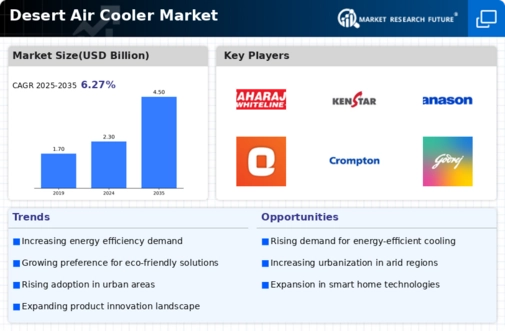
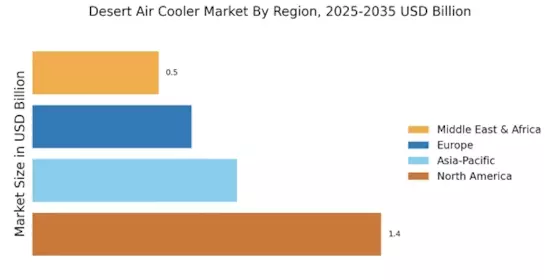
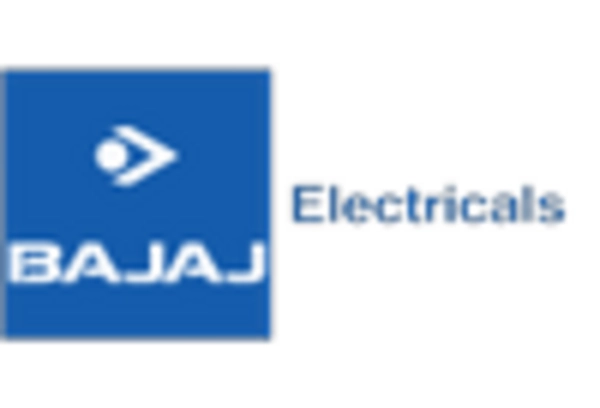
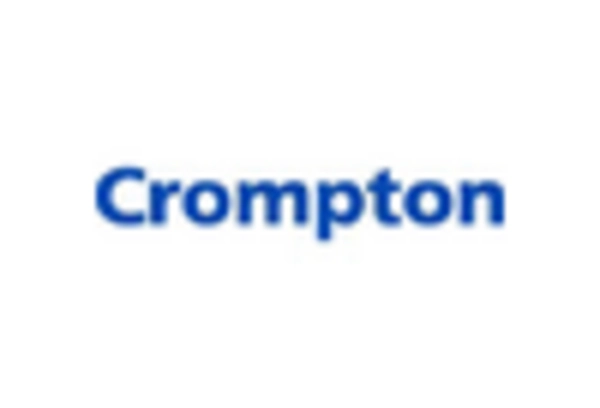
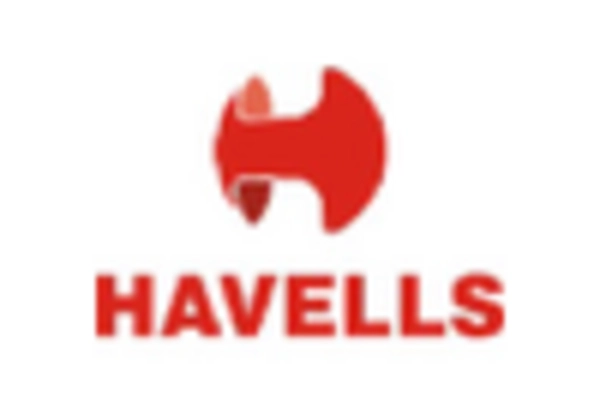
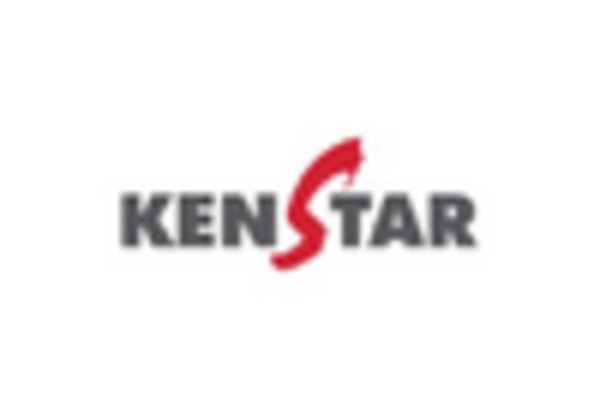
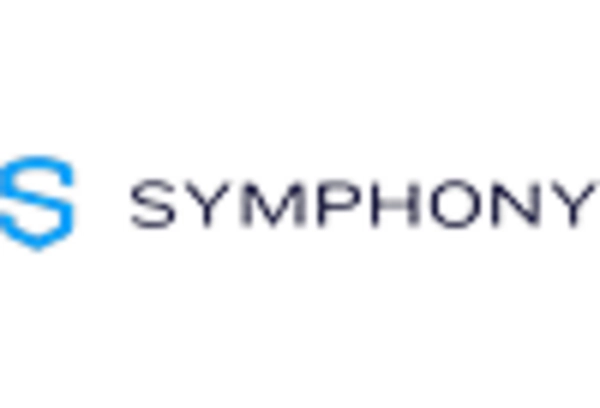
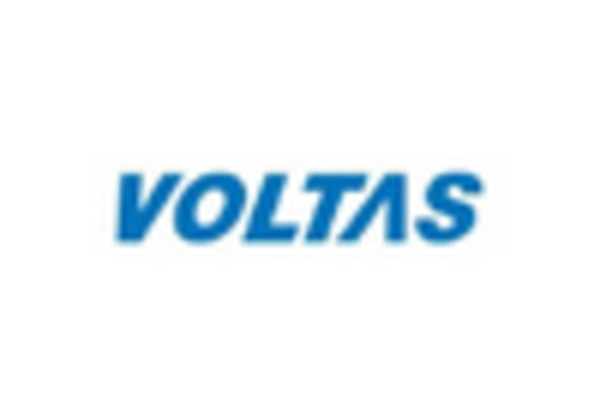








Leave a Comment